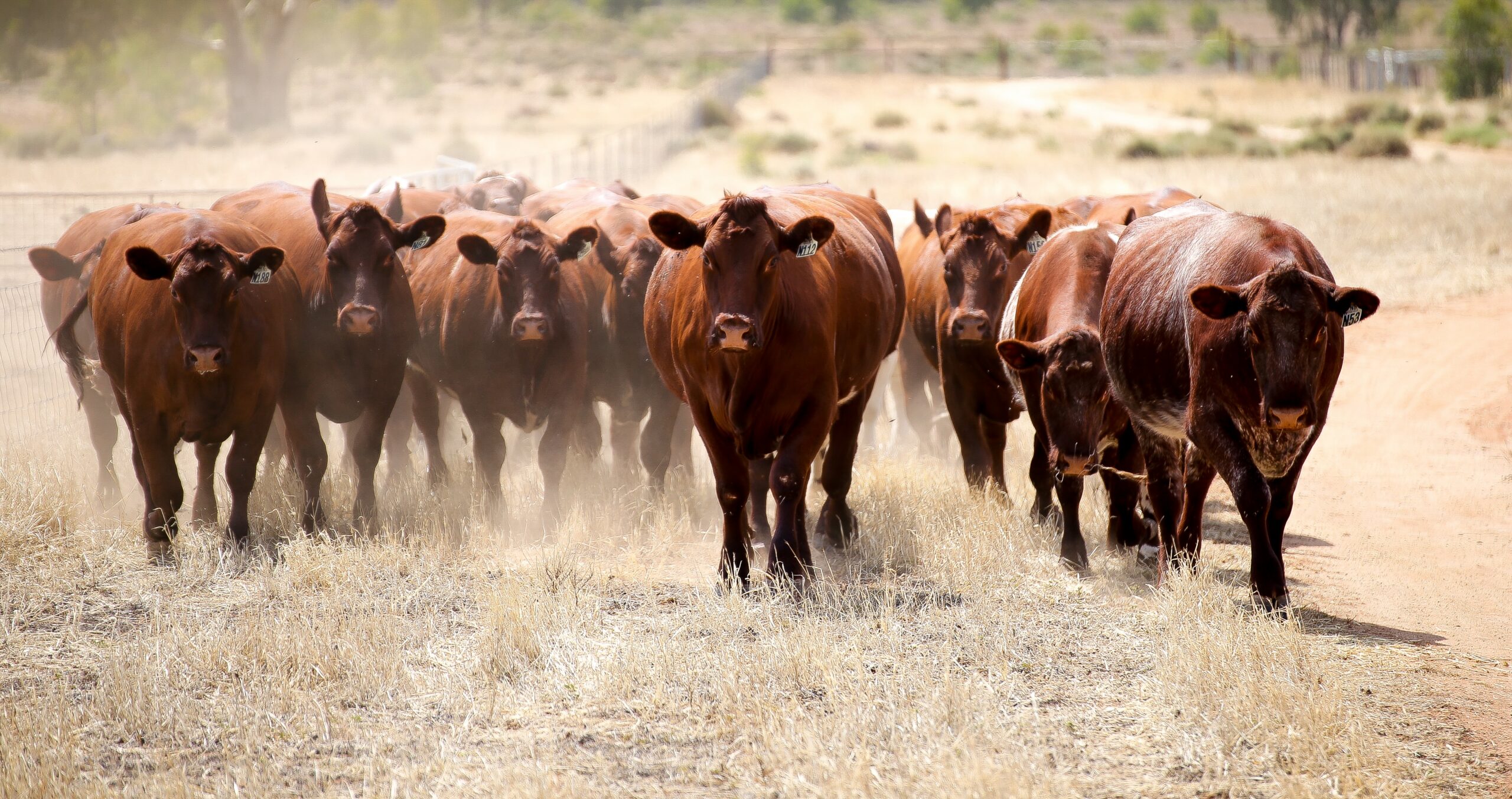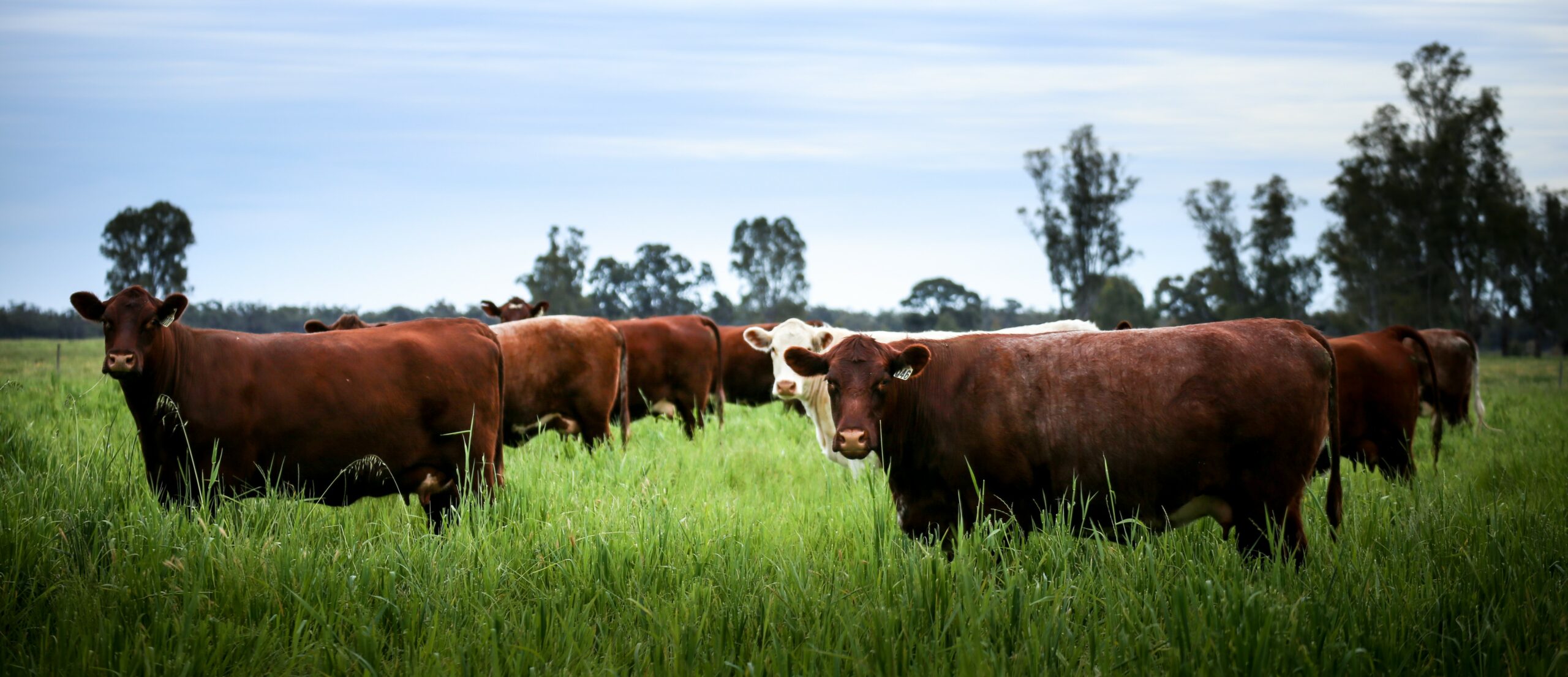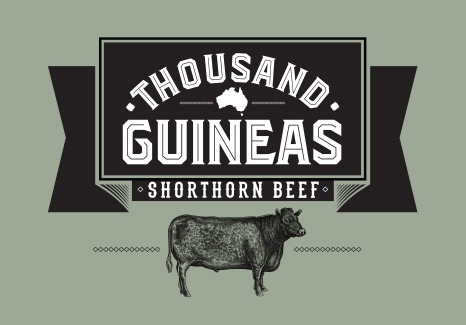UNDERSTANDING IGS ACCURACY
One of the more confusing elements of the Shorthorn Beef IGS EPD’s has been the change in the way that accuracies are reported.
Published accuracy values are generally numerically lower in the new IGS EPD system, and they will be considerably lower for non-parent animals.
An erroneous conclusion would be that IGS EPDs are less informative than our previous EBVs. Rather, the reduction in published accuracy is due to IGS accuracy being presented on a different scale.
Think of it as the difference between Celsius and Fahrenheit. 20 degrees Celsius and 68 degrees Fahrenheit are quite different numbers. 68 degrees definitely sounds warmer than 20 degrees, but they are the same temperature, simply different methods of calculating the same thing.
UNDERSTANDING POSSIBLE CHANGE
Possible change represents the amount of change that can be expected for the EBV or EPD as new information becomes available.
Since EBV’s and EPD’s are predictions, not true values, we can expect that they will change as more information is collected (genomics, progeny data, etc..).
Accuracy is an indicator of the risk of possible change for the EBV or EPD. Higher accuracy predictions generally have less potential for possible change than lower accuracy predictions. At any given accuracy though, the prediction still represents the best estimate of the animals true genetic merit, based on available data, and should not be discounted because of the calculated accuracy value.
IGS currently uses the BIF calculation to report accuracy.
BIF ACCURACY
IGS uses what has been dubbed BIF (Beef Improvement Federation) accuracy. Just as it would be trivial to publish Fahrenheit in Celsius, we could certainly publish accuracy on the same scale we used in the past (traditional accuracy).
Why have we chosen to publish BIF accuracy?
Since EBVs and EPDs are predictions, not true values, we can expect that they will move toward true values as more information is collected (genomics, progeny data, etc.). In the field of statistics, possible change (PC) is the standard for expressing how much confidence we should have that a prediction (EPD, EBV) is close to its true value. It does this by providing an estimate of the range +-, the prediction that we can expect the true value to fall into 2/3 of the time.
The appeal of BIF accuracy is that, unlike traditional accuracy, it has a linear relationship with PC (see graph). Therefore, for every percent increase in BIF accuracy, there is an equal percentage decrease in PC. This makes BIF more intuitive than our previous accuracy. To make our accuracy even easier to understand, Shorthorn Beef plans on transitioning from BIF accuracy to publishing PC in the future.
Table 1 demonstrates the relationship between possible change and traditional and BIF accuracy calculations using a genetic variance of 100.
As the table shows, as BIF accuracy increases by 10%, there is a corresponding decrease in possible change of 10%.
The table also gives a guide to the relationship between traditional accuracy and BIF accuracy at different levels. A non-parent animal with a BIF accuracy of 0.2 (20%) is equivalent to a traditional accuracy of 0.6 (60%) in this table.
The important thing to remember is that although accuracies are lower than traditional accuracies, it doesn’t mean that the EPD value is less accurate, just that the calculation has changed. It also doesn’t suggest that one calculation is “good” and the other “bad”, they are just two different ways of solving the same problem.







